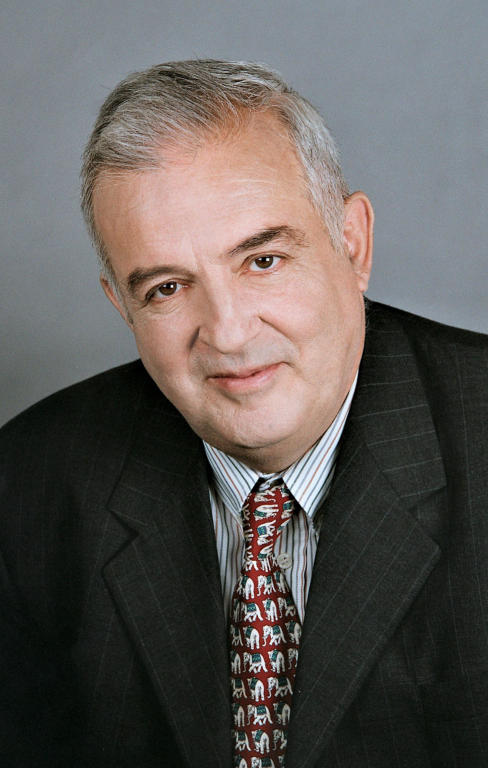Curriculum Vitae
Nikolai Tsankov was born in Sofia, Bulgaria, in 1942.
- 1970 – Graduated in Medicine, Medical University Sofia
- 1970 – Ph.D. Student in the Department of Dermatologyand Venereology, Medical University, Sofia
- 1974 – Assistant Professor in the Department of Dermatology and Venereology, Sofia
- 1979 – PhD Thesis: ‘Clinical laboratory and therapeutic study ofpatients allergic to Penicillin and with Ampicillin rash’
- 1980 – Specialization in the Dermatological Clinic, Saint Louis Hospital, Paris, under the guidance of Professor Antoine Puissant
- 1990 – Associated Professor in the Department of Dermatology and Venereology, Sofia
- 1993–2014 – President of the Bulgarian Dermatological Society
- 1995 – Doctor of medical sciences thesis: ‘Drug therapy of patients with psoriasis vulgaris -risks and perspectives’
- 1996 – Full Professor
- 1996–2008 – Head of Department of Dermatology and Venereology, Sofia
- 1999–2008 – Dean of the Medical Faculty, Medical University Sofia

